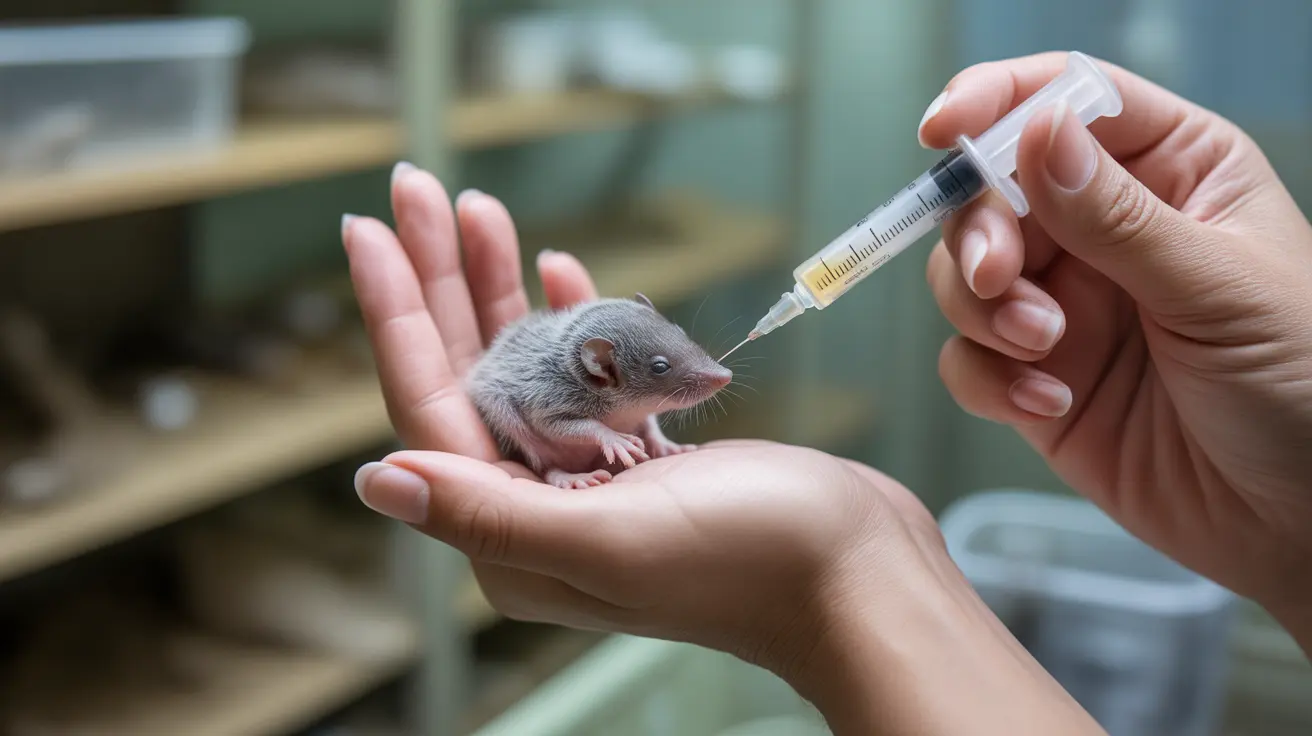Are Dogs Really the Cat's Worst Enemy?
The age-old stereotype that cats and dogs cannot get along has persisted for centuries. Though they are two of the most popular household pets, their very different instinctual and behavioral traits often lead to tension. But does that make dogs the cat's worst enemy? Let's dive into the nuances of their relationship and uncover how these animals, under the right conditions, can learn to coexist—and even thrive—together.
Instinctual Differences
At their core, dogs and cats are vastly different species with unique communication styles, body language, and social behavior.
- Dogs are generally pack animals. They are social, expressive, and often seek companionship.
- Cats, while capable of social bonds, tend to be more territorial and sensitive to change.
These inherent tendencies can lead to misunderstandings—for example, a wagging dog tail signals excitement, while a flicking tail in a cat could indicate agitation.
Why Dogs and Cats Clash
A major source of conflict stems from misunderstanding each other’s nonverbal cues. Dogs may approach cats too eagerly, triggering a fight-or-flight reaction. A quick movement from a cat often initiates a dog's instinct to chase, reinforcing fear or aggression in both animals.
The Role of Early Socialization
Age and past experiences heavily influence how dogs and cats perceive each other. If introduced while young, typically before six months for kittens and one year for puppies, the likelihood of forming a positive relationship increases substantially.
Properly socialized pets often develop:
- Trust and tolerance
- Playful bonds
- Shared spaces with minimal conflict
Methods for Proper Introduction
Successful cohabitation starts with a careful, gradual introduction.
- Separate Spaces: Initially house the animals in different areas and allow them to adjust to one another’s scent via swapped bedding or toys.
- Core Safe Zones: Provide each pet with a secure area where they can eat, sleep, and use the toilet without being disturbed by the other.
- Barrier Separation: Use baby gates or doors to prevent direct conflict during the early stages.
When it’s time for a face-to-face interaction:
- Keep initial meetings short and calm.
- Keep the dog on a leash; allow the cat freedom to approach or withdraw.
- Never force interaction. Reward both pets for remaining calm.
Communication is Key
Understanding the difference in communication styles between cats and dogs is essential. What one species interprets as neutral or playful may be threatening to the other. Pet owners should remain continually observant of posture, sounds, and other signals.
Supervision Guidelines
Never leave a dog and cat unsupervised until you’re confident they have acclimated to one another. An unsupervised bad interaction can:
- Cause trauma
- Increase aggression
- Require retraining or even permanent separation
Behavioral Tips for a Peaceful Home
- Progress introductions at the cat’s pace
- Reward calm behavior from the dog
- Provide vertical hideouts and escape routes for the cat
- Engage both pets with physical and mental stimulation
When Things Go Wrong
If interactions escalate despite caution, consult a certified animal behaviorist or veterinarian. They can assess body language patterns, stress levels, and advise personalized strategies.
Do Cats and Dogs Ever Become Friends?
Absolutely! In many households, cats and dogs not only coexist peacefully but form strong bonds. Reports include:
- Shared napping areas
- Grooming each other
- Playing and comforting one another
However, it’s crucial to recognize that not every animal pair is compatible. Respect for individual behaviors and tolerance thresholds helps set realistic expectations.
Popular Culture vs. Reality
The phrase “fight like cats and dogs” reflects cultural bias rather than consistent reality. With responsible pet ownership, pets often defy this narrative—forming supportive, even affectionate, interspecies dynamics. It’s about environment, patience, and individual temperament.
Conclusion
So, are dogs truly a cat’s worst enemy? Not necessarily. While dogs can pose a challenge to cats due to their instinctual differences, with the right introductions and environmental support, many dogs and cats coexist harmoniously. The real 'enemy' of cats might be fear, stress, or misunderstanding. Mutual respect and informed care turn potential rivalry into lifelong companionship.





